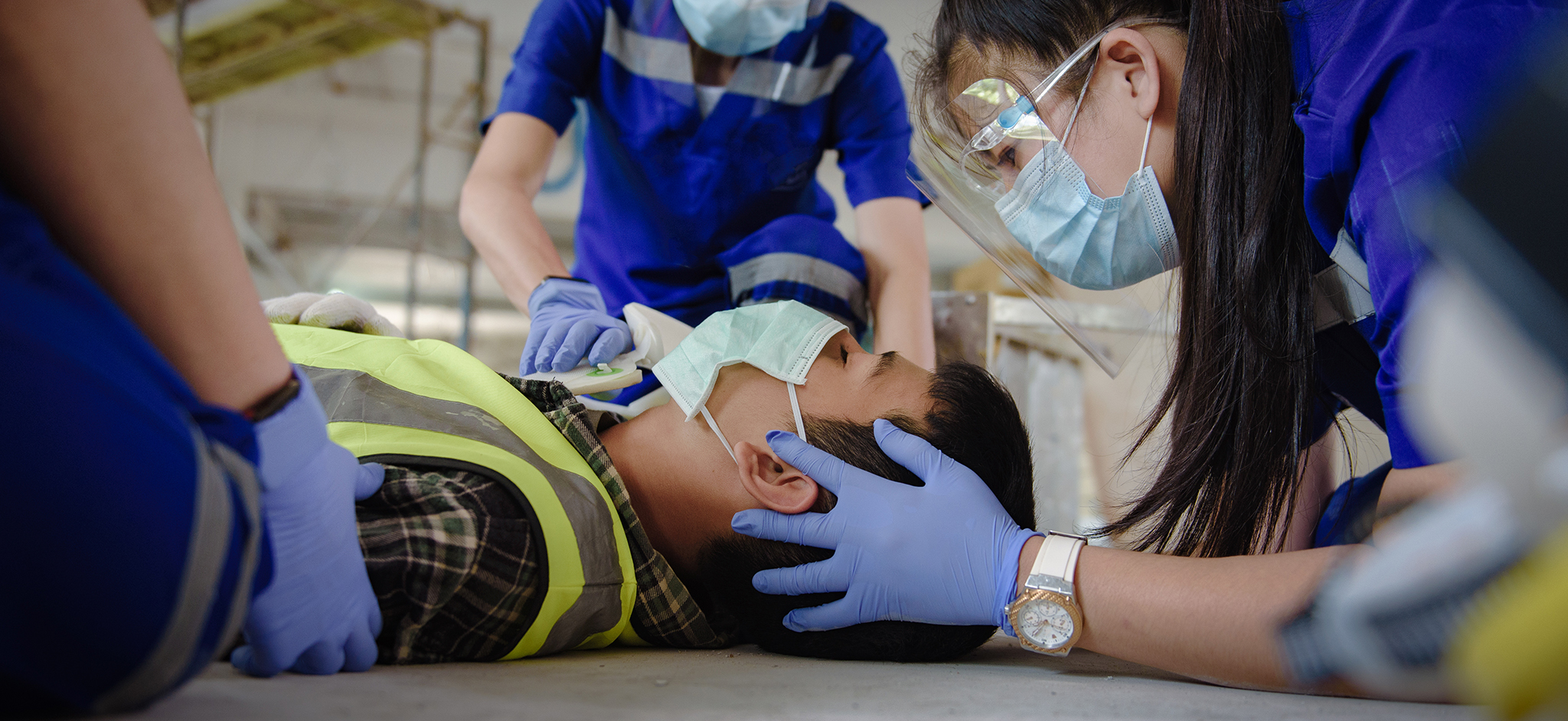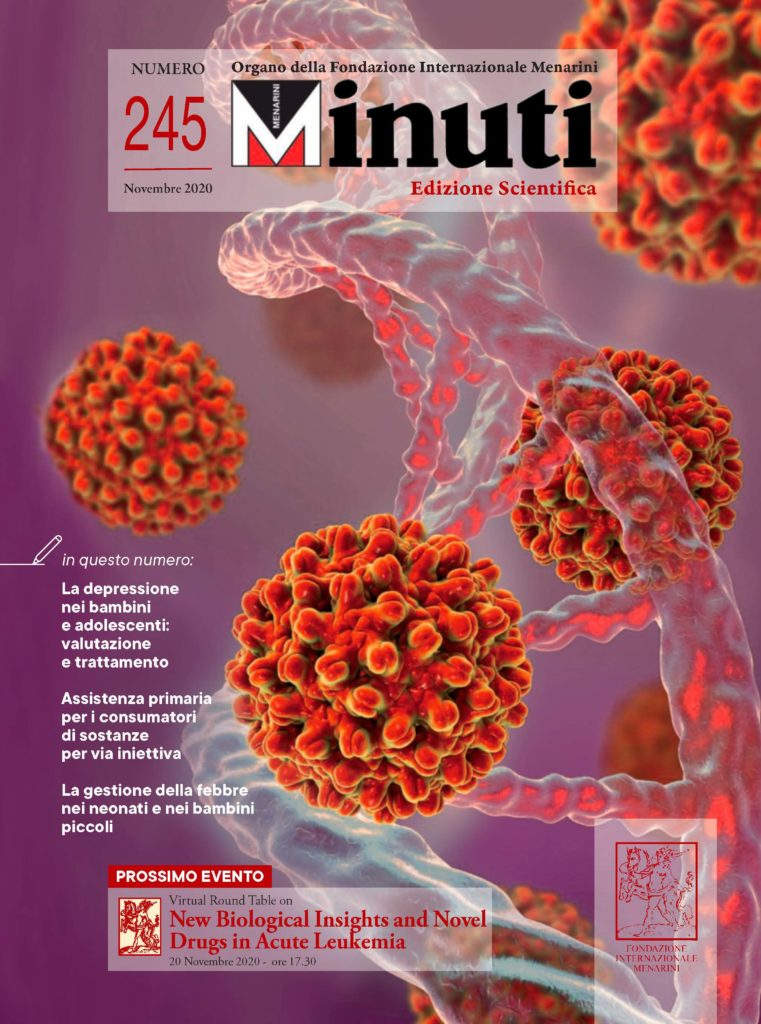
Management of Head and Neck Injuries by the Sideline Physician
di Dr. Saif Usman • June 2023
Although rare, sport-related injuries to the head and neck can be life threatening; therefore, timely and appropriate treatment is critical. Preparation is key for the sideline physician and begins well before arriving on the sideline. Knowing the athletic trainer and support staff, establishing a chain of command and emergency action plan, and having all the appropriate equipment readily available are important for game or practice preparedness. At the athletic event, physicians should have a clear line of sight to the field of play and easy access to reach the field when necessary. When performing an on-field assessment of any athlete who is not moving, whether conscious, unconscious, or with decreased consciousness, head and neck injury must be assumed, and the injured athlete should be placed on a spine board with cervical spine stabilization and transported to the emergency department for further evaluation. Generally, helmets and pads are left on while the injured athlete is being trans- ported. Concussion is among the most common head and neck injuries in athletes, and if concussion is suspected, the athlete cannot return to the game on the same day. Nasal fractures do not always require immediate closed reduction; however, orbital, maxillary, or mandibular fractures require transport to the emergency department. For tooth avulsion, time is important; reimplantation should be attempted within 30 minutes of injury.
(Am Fam Physician. 2022; 106(5): 543-548. Copyright © 2022 American Academy of Family Physicians.)
(Am Fam Physician. 2022; 106(5): 543-548. Copyright © 2022 American Academy of Family Physicians.)
Related Articles
Managing Menopausal Symptoms: Common Questions and Answers
di
Dr.ssa Jennifer G. Chang, Dr.ssa Meghan N. Lewis, Dr.ssa Maggie C. Wertz
June 2025
Highlights
di
Aaron Saguil, Matthew V. Fargo
∙
February 2021







